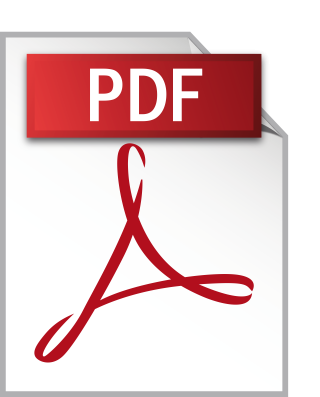 SMARTHIKE: INTEGRATING MOUNTAINEER MANAGEMENT SYSTEM FOR MT. TALAMITAM
SMARTHIKE: INTEGRATING MOUNTAINEER MANAGEMENT SYSTEM FOR MT. TALAMITAM
by Mr. Jucint Jim Cueto Sanchez • 2024
The study addresses the challenges of managing hikers at Mt. Talamitam due to inefficient, paper-based processes that cause delays, data loss, and limited access to important information. To solve these issues, the SmartHike system was developed, integrating a web-based application accessible via mobile devices. Major features include digitized registration and application forms, real-time weather forecasting, hiker and tour guide management modules, and an SOS alert system for emergencies. The system also provided barangay personal the dashboards for monitoring operations and analytics for data-driven decision-making. Using a descriptive research method and Agile development methodology, the system was designed and implemented with technologies such as HTML, CSS, PHP, MySQL, and Bootstrap, hosted on Hostinger. Extensive testing and evaluation involving barangay personnel, tour guides, and hikers demonstrated the system’s effectiveness, usability, and reliability. The evaluation revealed high levels of satisfaction among barangay personnel, tour guides, and hikers, who rated the system as “Extremely Satisfied”. The results indicated that SmartHike system establishes a modern, scalable approach to mountaineer management, offering a foundation for further innovation in tourism management systems.
